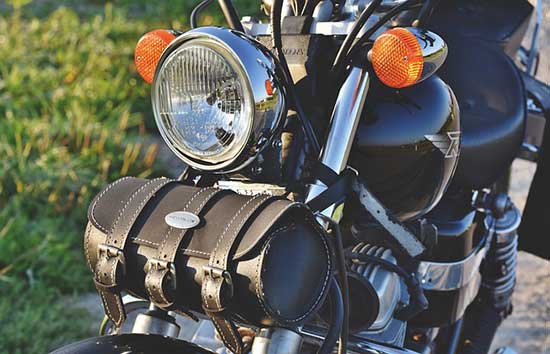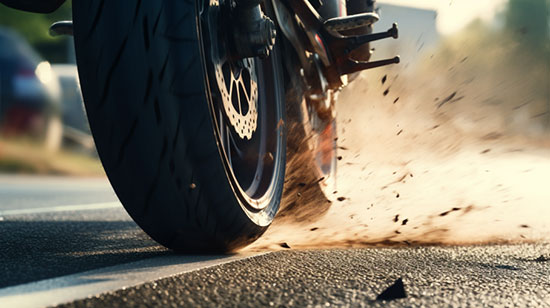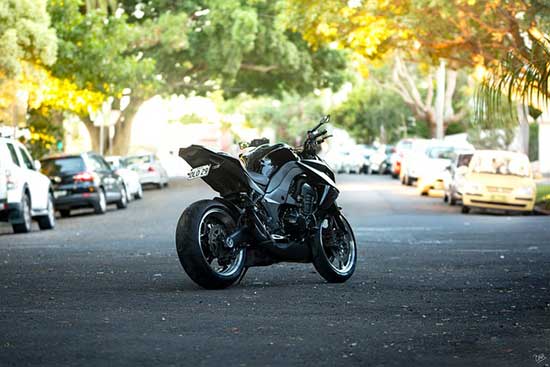Motorcycle batteries are the heart and soul of every ride, providing power for starting the engine and running essential electrical components.
Understanding how to charge and maintain your motorcycle battery is crucial to keep your bike in optimal condition.
Contents
The Charging Process
Battery Types
Before diving into the charging process, it’s essential to know the different types of motorcycle batteries available:
- Lead-Acid (Conventional)
- Absorbent Glass Mat (AGM)
- Gel Cell
- Lithium-Ion (Li-Ion)
Each battery type has unique characteristics, and charging methods may vary accordingly. It’s crucial to follow the manufacturer’s guidelines when charging your motorcycle battery.
Charging Rate
The charging rate is the speed at which the battery is charged. It’s typically measured in amps (A). A higher charging rate will charge the battery faster, while a lower rate will take longer.
However, charging at a higher rate can sometimes cause damage to the battery, resulting in a shorter lifespan.
Charger Types
Battery chargers come in different forms, with the most common being:
- Trickle chargers
- Smart chargers
- Solar chargers
Understanding the charger type is essential, as it may affect the charging time and battery health.
Charging a Motorcycle Battery at 6 Amps
Time to Charge
To determine how long it takes to charge a motorcycle battery at 6 amps, use the following formula:
Charging Time (Hours) = (Battery Capacity in Amp-hours) / (Charging Rate in Amps)
For example, if you have a 12 Ah battery, charging it at 6 amps would take approximately 2 hours (12 Ah / 6 A).
However, this is a simplified calculation, and real-life charging times may vary due to factors such as battery age, temperature, and charger efficiency.
Factors Affecting Charging Time
Several factors can affect the charging time of a motorcycle battery, including:
- Battery age: Older batteries may take longer to charge and hold less charge.
- Temperature: Colder temperatures slow down the charging process, while warmer temperatures can shorten battery life.
- Charger Efficiency: Not all chargers are equal, and some may charge faster than others.
- Battery condition: A deeply discharged battery may take longer to charge compared to one with a partial charge.
Tips for Efficient Battery Charging
To ensure efficient and safe battery charging, consider the following tips:
- Use the right charger: Choose a charger compatible with your battery type and follow the manufacturer’s guidelines.
- Monitor the charging process: Keep an eye on the battery while it’s charging, and avoid overcharging to prevent damage.
- Charge in a well-ventilated area: Charging can produce heat and gases, so ensure proper ventilation to avoid hazards.
- Keep the battery clean: Regularly clean the terminals and casing to prevent corrosion and ensure optimal charging efficiency.
- Avoid deeply discharging the battery: Try not to let your battery discharge below 20% to maintain its health and extend its lifespan.
Safety Precautions When Charging Motorcycle Batteries
Charging a motorcycle battery involves dealing with electricity, chemicals, and gases, so it’s essential to follow these safety precautions:
- Wear protective gear: Use gloves and safety goggles to protect yourself from battery acid and sparks.
- Avoid smoking or open flames: Charging can produce hydrogen gas, which is highly flammable. Keep your charging area free of potential ignition sources.
- Disconnect the charger before connecting or disconnecting the battery: This prevents sparks and potential short circuits.
- Don’t charge a frozen battery: Charging a frozen battery can cause damage or even an explosion. If your battery is frozen, allow it to thaw before attempting to charge it.
Signs of a Failing Motorcycle Battery
It’s essential to recognize the signs of a failing motorcycle battery so you can take appropriate action:
- Slow cranking: If your motorcycle struggles to start, it could indicate a weak battery.
- Dimming lights: Fading or flickering lights may be a sign of a failing battery or a charging system issue.
- Frequent jump-starts: If you constantly need to jump-start your motorcycle, your battery could be reaching the end of its life.
- Swollen battery case: A swollen or bulging battery case can indicate a damaged battery that should be replaced immediately.
Maintaining Your Motorcycle Battery
Proper maintenance can extend the life of your motorcycle battery and ensure optimal performance. Here are some tips for keeping your battery in great condition:
- Regularly inspect the battery: Check for corrosion, leaks, or other signs of damage.
- Clean the terminals: Clean any corrosion or dirt from the battery terminals to ensure a good connection.
- Top up the electrolyte levels: For conventional lead-acid batteries, ensure the electrolyte levels are within the recommended range.
- Check the charging system: Make sure your motorcycle’s charging system is working correctly to avoid undercharging or overcharging the battery.
- Store the battery properly: If storing your motorcycle for an extended period, remove the battery and store it in a cool, dry place. Consider using a battery maintainer to keep it charged.






